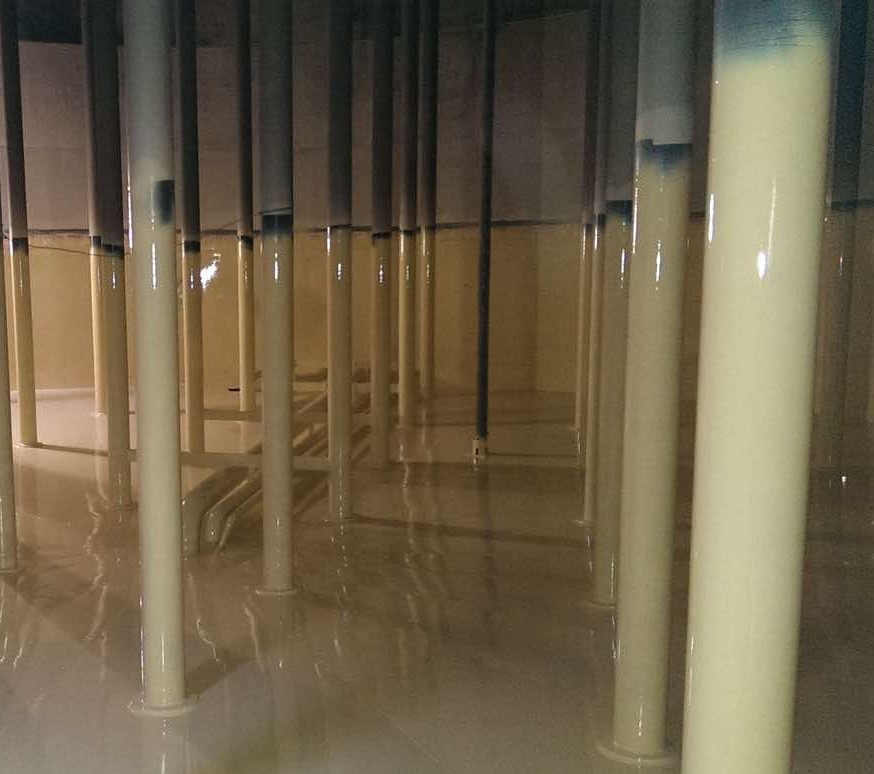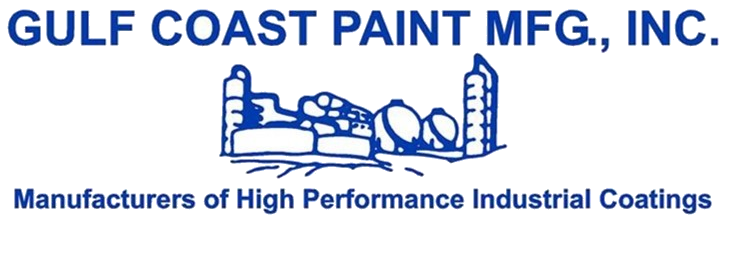
Choosing the proper coating system for an internal tank lining requires careful selection where a number of factors must be weighed. When installing a lining system, no shortcuts should be taken, and every step of the process should be carried out properly. These steps include choosing the proper lining, surface preparation, work schedule, inspection & documentation, and safety. Here’s 4 key things to consider:
- Lining Selection: When choosing the lining, there’s many factors that come into play. Here’s a few: what commodity or chemical is being stored?, concentration, minimum and maximum temperature, will the temperature spike?, surface preparation requirements, VOC requirements, are there certification requirements (ex. USDA, FDA, NSF-61), is dehumidification needed, to name a few. As for the lining itself, there is a small group of Polymer Resins used which are applied in different ways and thicknesses, eg. thin film, reinforced glass, and laminates to name a few. Predominately, Epoxies and Vinyl Esters are two of the more common linings used in the industry.
- Lining Performance: It’s always a good idea to check with the manufacturer to see if the coating system has any case histories where it was used as a tank lining and what chemicals were attacking it. If the coating system does not have any case history you can check with the manufacture to see if they’ve performed immersion testing, splash and spill testing, or watch glass testing on their coatings. Another consideration is the atmospheric conditions. Steel tanks are known for their expansion and contraction, especially in areas that see a large range of temperature. One big problem that a large temperature range can cause is thermal shock. Having a coating system that’s flexible, and can handle high heats will come into play if that’s the case.
- Certified Applicators: Internal tank linings can provide lots of challenges so having qualified applicators is crucial. Surface preparation for internal tank linings usually specify a SSPC-SP5/NACE 1 White Metal Blast Cleaning or a SSPC-SP10/NACE 2 Near-White Blast Cleaning so having a crew that is meticulous and takes pride in their work is important. The applicator should be Confined Space Certified and understand the importance of proper airflow and proper lighting.
- Inspection: It’s important to have an inspection checklist for internal tank linings. Some key things that need to be checked include: surface contamination, measuring cleanliness, checking blast profile, check film thickness after each coat to ensure it meets the required DFT on the specification, and holiday detector testing, to mention a few.
Note: There are other considerations as well as those listed above. Refer to NACE and SSPC for more detailed information.
Conclusion: As we mentioned in the beginning, no corners should be cut when choosing a tank lining, as this normally leads to early failure in the coating system. As a manufacturer and supplier of tank linings and coatings, Gulf Coast Paint Mfg. can help you with your upcoming tank lining or coating project. With many years and history in dealing with tank coatings and linings, Gulf Coast Paint Mfg. has the knowledge and understands what it takes to successfully complete a tank lining from start to finish. Contact us today at 251-964-7911 or info@gulfcoastpaint.com. Visit our website at www.gulfcoastpaint.com to learn more.
